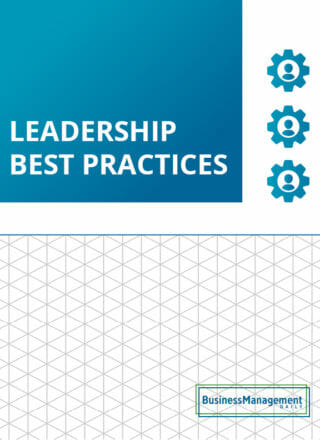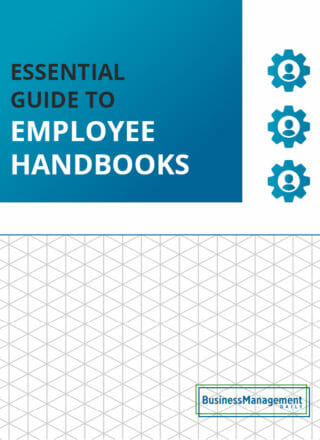Chaos can be calmed, if you are ready
The listening shift: Finding my center in another’s presence
Have you ever had a chance meeting that changed your life? I did. I was in chaos, a first-year student at Purdue, taking a break from a summer journalism job at the student newspaper, The Exponent. Taking a shortcut through Heavilon or Coulter Hall, I chatted with an older student about their selected major, industrial-organizational psychology. His calm and focused listening style stood out from my first-year peers. Everything about him projected confidence.
The stranger’s attitude
He was calm. He had it together. His voice was low-key, yet intentional. He listened to my jumble of questions about majors, minors, jobs and so on, sharing his educational path of studying psychology at the U.S. Air Force before enrolling for his master’s at Purdue. His maturity and level of wisdom calmed my chaos for a minute and made a big impression. I remembered part of his unusual name—Chesley something. As a journalist, I was always careful with spelling names, and that one stood out.
The point is that the appearance of calm during chaos makes all the difference, and we as leaders need to be that calming force. As my first editor, Jack Brennan, asked me, “If you appear brave to others, are you brave?” Yes, you are—especially to those who are following your lead. Chesley appeared brave, and so he was.
A new direction
This chance conversation with the upper-class student with an unusual first name was a turning point in my life. I met with my guidance counselor within days and charted a path into organizational psychology and what would become a big world of human resources and organizational development. That three-minute interaction was as big a turning point as the moment I learned how to make a burrito from scratch or learned that coffee did not taste as good as the fresh grounds smell. But I digress.
Chaos vs. calm leadership
Good leadership has an element of calm that reduces chaos and lowers the cost of uncertainty. Everyone benefits from the calm that comes from a good leader. In the world today, compare the calmness of individual leaders of the countries around us. Look to the past for the probable outcomes of the future. Those who stir up chaos are tearing systems down, and those who calm chaos create an environment for humanity to better themselves.
An example that comes to mind is China, which I was fortunate to visit in the mid-1990s. There was a lot of tension and mistrust. In 2001, China entered the World Trade Organization and reduced the uncertainty in global trade. The angry rhetoric of the time calmed and people could now count on cooperation. There was an explosion in Chinese trade, partially because things were certain.
On the plus side, the price of manufactured goods decreased by 7.6% between 2000 and 2006, and U.S. exports to China have increased by 450% since 2001. On balance, globalization also costs millions of jobs in the U.S., so the economic proof of this is complex. Nothing is simple, but the calming influence of China joining the WTO made a big difference in the tension of the world. Everything became possible.
Modern challenges and examples of calm leadership
Returning to the challenges of leadership today, the tariff battles that have recently emerged will trigger uncertainty, and the risk-management emotions in leadership will cause defensive decisions to be the norm. As leaders, we can benefit our organizations by appearing calm when possible, improving outcomes for everyone.
Another historic example of calm leadership happened on a January day in 2009 when U.S. Airways Flight 1549 faced an extraordinary crisis as both engines failed shortly after takeoff from LaGuardia. The pilot remained calm and quickly made the critical decision to land the plane on the Hudson River. His calm leadership and clear communication with the crew and passengers led to the successful evacuation of all 155 people on board, now known as the “Miracle on the Hudson.”
The pilot’s name was Chesley Sullenberger, and he earned a master’s degree in industrial-organizational psychology from Purdue University in 1973. It was probably him who I talked with. He likely does not recall a brief interaction with a frazzled first-year student that lasted three minutes, but I certainly do.
My call for action is that we, as leaders, give the gift of calm leadership to everyone we lead today.






